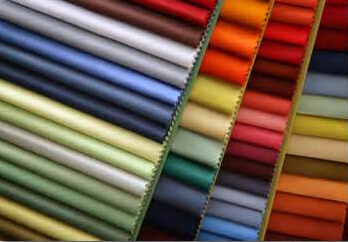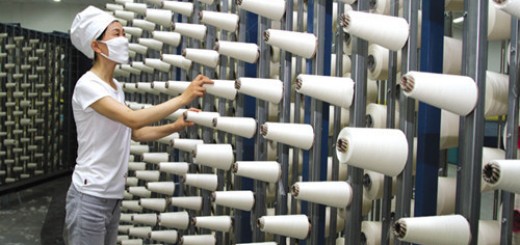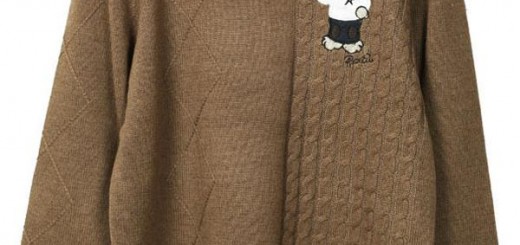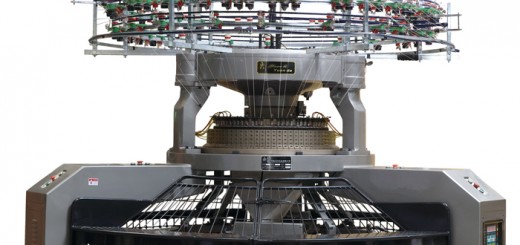Various types of fabrics exist in the market: woven, knitted and non-woven fabrics. Due to different manufacturing techniques and design, fabrics differ from each other. Some are heavy while others are light in weight. For that, it is necessary to determine the weight of fabric.

Types and application of fabric weight measurement: The fabric weight can be measured by three ways.
Formula: Using formula can work out the weight of fabric, when length and width are known. The fabric does not need to be cut any more.
Oz/yd2 = 576 M/ (LW)
Oz/yd = 16 M/L
Where,
M= Mass of the fabric roll in Ibs
L= Length in yards
W= Width in inch
GSM cutter: GSM means Grams per Square Meter which is one of the most used methods for measuring the weight of fabric. GSM cutter, cutting pad and electric balance are used. GSM cutter is a quick and authentic method. All of mentioned instruments and small amount of fabric sample are required.
Fabric consumption: Using fabric consumption is another process. The weight of fabric can be worked out without using any measurements or instruments. Fabric consumption is used for calculating the fabric weight directly. The main problem is that warp and weft crimps are required which varies widely and only an approximate value is used which may not provide exact GSM of the ultimate fabric.
Compared with other two methods, GSM cutter system is more comfortable and accurate. All of three fabric weight measurements are widely used by quality testing labs.
Weaving, knitting, dyeing and finishing unit of a textile mill require fabric weight measurement.




